
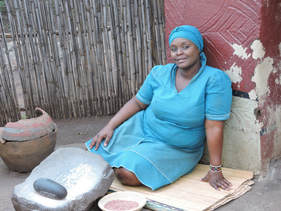



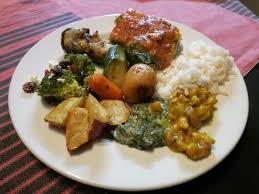
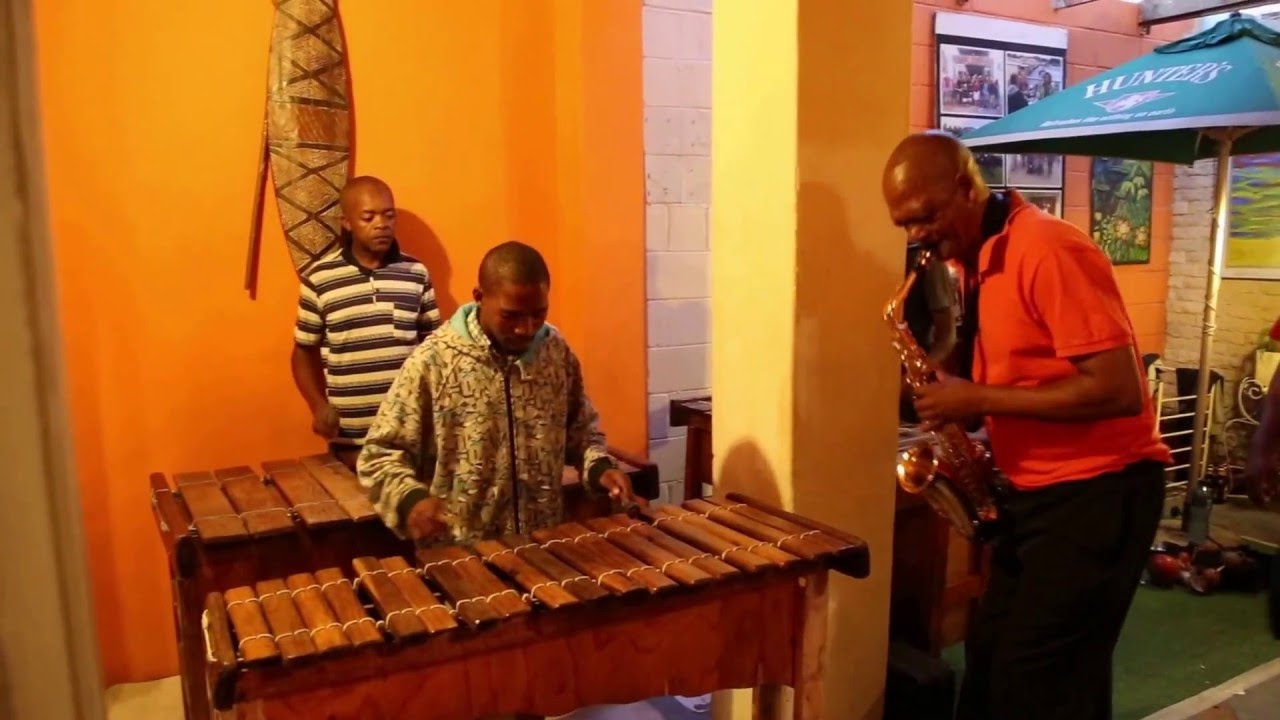
On our return to the One and Only, Wayne and I discovered that Afternoon Tea was being served in the lobby. How could we resist? As a veteran of many Afternoon Tea experiences, many of which took place in the lobbies of fine hotels, I can truthfully say that the Afternoon Tea buffet at the One and Only was the most extensive and abundant I have ever seen. The food, including the expected savories, sweets and scones, was beautifully displayed on a large centrally located buffet table decorated with gorgeous tall vases filled with Persian lilies and protea flowers, endemic to South Africa. There was so much food that even between the two of us, we could not sample it all, yet surprisingly there were no tea sandwiches. Instead, the following savories were offered: spicy gazpacho with toast fingers, cucumber, tomato and cream cheese canapes, mini pizza rounds, mini curried samosas, mini chicken wraps, burger kabobs, little hamburger sliders, meat and mushroom phyllo pouches.
The sweets included homemade marshmallows, caramel eclairs topped with edible gold, milk tart cupcakes, flourless chocolate mini cakes topped with whipped cream and berries, a vast variety of colorful macarons, soft caramels wrapped in paper, pistachio and cranberry nougats, soft peanut butter cookies, pistachio, hazelnut and cranberry biscotti, amoretti cookies, small round vanilla bean cheesecakes, fried pastry bites called Koeksisters, a South African favorite, and the house specialty called O&O cookies—soft round chocolate sandwich cookies filled with chocolate ganache.
The menu also included, for starters, samosas, curried pickled fish, corn bread with whole kernels of corn, focaccia, pickled pepper dews in a cream cheese spread, and pureed mushroom and cheese soup. In addition to the grilled meats, the main dishes were: angel fish baked in garlic butter, South African lamb stew with rice and raisins, coleslaw with raisins, carrots, apples and curry, garbanzo and lentil salad, roasted vegetables with sage, roasted potatoes and a very fresh tomato and lettuce salad. Among my favorites were the pickled pepper dew spread and the interesting and very flavorful coleslaw. I also enjoyed tasting some of the same items that we ate at Mzansi and noticing the similarities in cooking styles. I was charmed by the familiarity of these homey yet elegant dishes that reminded me of family potlucks back in the Ozarks.
Cape Point is a separate location nearby. Both the Cape of Good Hope and Cape Point are located in the Table Mountain National Park. There are monuments at Cape Point to honor both Bartolomeu Dias, the Portuguese explorer who in 1488 first sailed around the Cape but got lost in False Bay and returned to Portugal, and his countryman, Vasco da Gama, who gets most of the credit for sailing around the Cape in 1497 and finding the route all the way to India.
From Cape Point we drove up the east side of the peninsula to Simon’s Town, a quaint historic village built by the Dutch in the 1600s and later taken over by the British. It is now the seat of the South African Navy. Here we visited a penguin colony that lives at the Boulders, a sheltered cove that is also part of the Table Mountain National Park. The penguins nest in the sand, wander around the beach and swim in the ocean. A boardwalk has been built just above the sand, so visitors can get a good close look at the penguins without disturbing them, and the penguins can walk freely under the boardwalk. There were lots of rocks and boulders around as well as cypress trees and manzanita, and the penguins didn’t seem to mind at all being stared at by the visitors leaning over the rail with their cameras. It was a large community of penguins. We saw mothers sitting on eggs in the sand, adolescent penguins, and fuzzy brown chicks.
South African Corn Bread is sweeter and much moister than the more salty and drier corn bread we are used to in America. This one is almost like a dessert, but it really is wonderful served with savory dishes such as beans or meat stews. And we loved it with the mushroom and cheese soup we were served in South Africa at a braai, or family barbecue. I made this recipe at home, after our return from South Africa, and Wayne and I both loved it. This Corn Bread is extra delicious because it contains whole kernels of sweet corn in addition to corn meal.
- 1 cup flour
- 1 cup yellow corn meal (fine grind)
- 1 tablespoon baking powder
- ½ teaspoon salt
- 2 eggs, beaten
- 1 cup half and half
- 2 cups whole corn kernels (frozen and thawed or cut from 3 cobs of fresh corn)
- ¼ cup butter, melted
- ¼ cup honey
- ¼ cup sugar
- cooking spray for the pan
- butter for serving
Preheat oven to: 350°F
Makes: 8-10 servings
- Spray an 8”x8” square baking pan with cooking spray and set aside. In a large mixing bowl, sift together the flour, corn meal, baking powder and salt. Set aside. Whisk the eggs in a medium sized mixing bowl until lightly beaten. Add the half and half, melted butter, honey and sugar, and whisk the mixture to combine thoroughly.
- Add the corn to the egg mixture and stir with a rubber spatula until the kernels are evenly distributed. Pour the liquid ingredients into the dry ingredients and stir with the spatula just until moistened, not more than 10 seconds. Do not beat. Do not worry if the batter is lumpy.
- Pour the batter into the prepared pan, and bake for 30-40 minutes until a toothpick inserted into the middle comes out clean and the edge of the bread has started to separate from the pan. Serve warm with butter.
Milk Tart
Milk Tart is a favorite South African dessert. Called melktert in Afrikaans, this homey cross between custard pie and flan was brought to South Africa by Dutch settlers who came to the area around Cape Town in the 1600s. Many of these early arrivals were dairy farmers, which explains the large amount of milk in this recipe. This clever recipe produces a batter that creates its own crust on the bottom of the tart as it bakes. This tart is wonderful served plain with a cup of rooibos tea, or for special occasions, serve it with shortbread cookies and fresh berries.
- 2 tablespoons butter, melted
- 1/3 cup honey
- 2 teaspoons vanilla extract
- 2/3 cup sugar
- 3 large eggs, separated
- 4 ¼ cups whole milk
- 1 cup cake flour
- 1 teaspoon baking powder
- 1/8 teaspoon salt
- cooking spray for the tart pan
- ground cinnamon for sprinkling
Preheat oven to: 350°F
Makes: 1 large round tart, 8-10 servings
- Spray the tart pan(s) with cooking spray and set aside. Separate the eggs, placing the yolks and whites in two medium sized bowls. Bring the separated eggs to room temperature. Place the melted butter, honey, vanilla and sugar in a large mixing bowl and beat the mixture with an electric mixer until well combined. Beat the egg yolks for about 4 minutes until they are light yellow and foamy. Using a rubber spatula, add the egg yolks to the sugar mixture in the large mixing bowl, and beat lightly to combine.
- Using a whisk rather than the electric mixer to avoid splashing, add the milk, a little at a time, whisking and scraping the sides of the bowl as needed. Sift together the flour, salt and baking powder onto a sheet of waxed paper. Gently add the flour mixture to the milk mixture in the large bowl, and whisk carefully until all lumps disappear.
- Wash the beaters for the electric mixer, and beat the egg whites until soft peaks form, about 2 minutes. Gently whisk the egg whites into the milk mixture until well combined, but do not overbeat. Pour the mixture into 1 large or 2 smaller prepared tart pans, place them on a foil lined cookie sheet, and bake in the preheated oven for 1 hour for a large tart and 50 minutes for 2 smaller tarts.
- Turn the oven off and leave the tarts in the oven for another 15 minutes to allow the custard to firm up. Remove the tarts from the oven, sprinkle them with cinnamon, and place them on a wire rack to cool. When cooled, refrigerate for 1-2 hours to allow the tarts to set before serving.









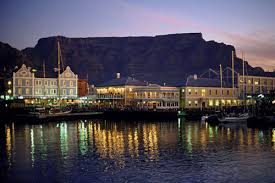
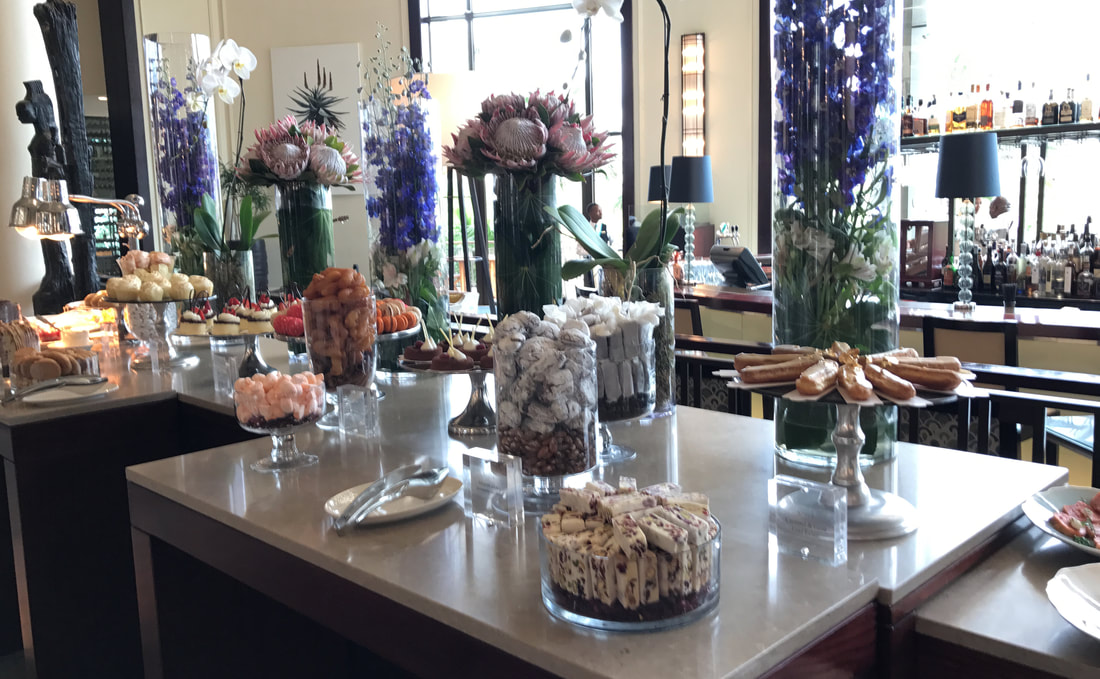









 RSS Feed
RSS Feed